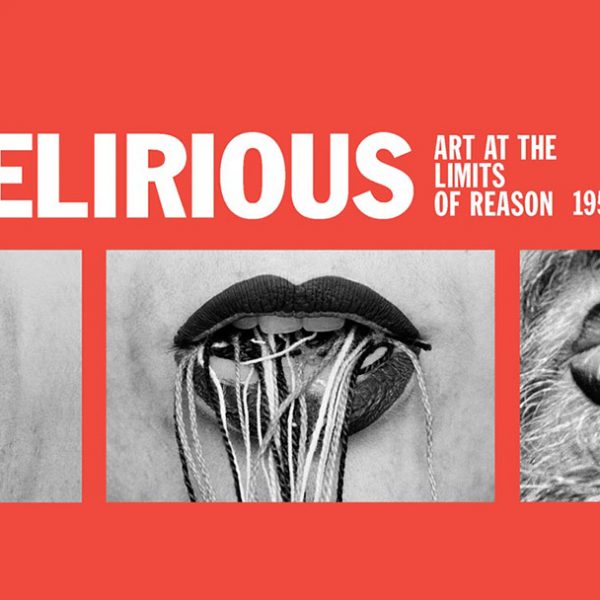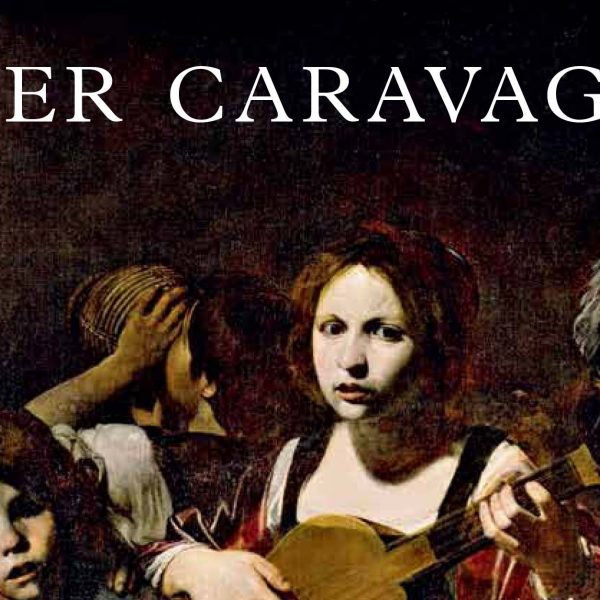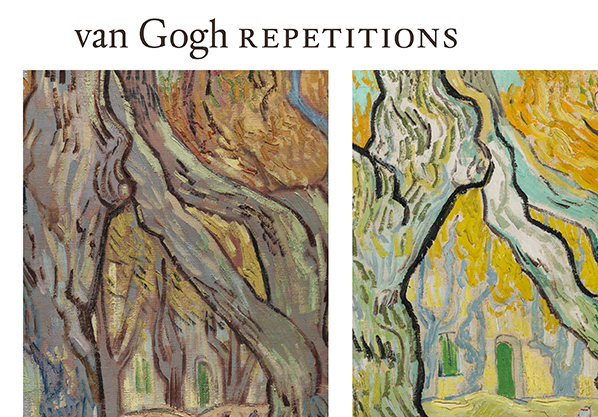Rediscovering Caravaggio and His Followers in Rome
There is a certain meta quality to uncovering wayward pieces of art: it is an art itself to uncover and identify a centuries-old painting with its original artist. The sharp eyes of conservationists and scholars today help celebrate the legacy of artists past with each new discovery and identification, not to mention the effect it has on the value of individual paintings. Most recently in the news, as reported by the Guardian in London, Clovis Whitfield has uncovered an unknown portrait by Caravaggio, dating approximately to the year 1600 when the Italian artist was at his height.
 Very few of Caravaggio’s works survive, and yet his considerable influence on Baroque painters across Europe is the subject of a new exhibition, “Caravaggio and His Followers in Rome” at the National Gallery of Canada, traveling to the Kimbell Art Museum later this fall. The identification of the painting in question, a portrait of Saint Augustine that surfaced in a private collection, is a major addition to Caravaggio’s oeuvre and is reproduced for the first time in print in the exhibition’s accompanying catalog. The authors, David Franklin and Sebastian Schütze, have remarked that “[w]hat looked like an anonymous 17th-century painting revealed its artistic qualities after restoration,”; noteworthy because“[i]t shows a side of Caravaggio perhaps that is not as drastic and antagonistic as usual.” For those interested in the presence of books and writing in works of art, the painting “is considered the model for [a particular aesthetic] of books and pens,” writes Francesca Cappelletti in her contribution to the catalog. The lowered eyes and concentrated gaze are imitated by artists like Jusepe de Ribera and Bartolomeo Cavarozzi, both of whom worked in Spain and studied in Rome in the period shortly following Caravaggio’s untimely death in 1610. They would have seen the painting as it changed hands and homes amongst the patron Giustiniani family, and it is likely that other painters, such as Orazio Borgianni and Nicolas Régnier, were directly influenced by it as well. This new side of Caravaggio’s work gives us further insight into the world of artists he left behind, many recast in their relationship to this central figure of sixteenth-century Rome.
Very few of Caravaggio’s works survive, and yet his considerable influence on Baroque painters across Europe is the subject of a new exhibition, “Caravaggio and His Followers in Rome” at the National Gallery of Canada, traveling to the Kimbell Art Museum later this fall. The identification of the painting in question, a portrait of Saint Augustine that surfaced in a private collection, is a major addition to Caravaggio’s oeuvre and is reproduced for the first time in print in the exhibition’s accompanying catalog. The authors, David Franklin and Sebastian Schütze, have remarked that “[w]hat looked like an anonymous 17th-century painting revealed its artistic qualities after restoration,”; noteworthy because“[i]t shows a side of Caravaggio perhaps that is not as drastic and antagonistic as usual.” For those interested in the presence of books and writing in works of art, the painting “is considered the model for [a particular aesthetic] of books and pens,” writes Francesca Cappelletti in her contribution to the catalog. The lowered eyes and concentrated gaze are imitated by artists like Jusepe de Ribera and Bartolomeo Cavarozzi, both of whom worked in Spain and studied in Rome in the period shortly following Caravaggio’s untimely death in 1610. They would have seen the painting as it changed hands and homes amongst the patron Giustiniani family, and it is likely that other painters, such as Orazio Borgianni and Nicolas Régnier, were directly influenced by it as well. This new side of Caravaggio’s work gives us further insight into the world of artists he left behind, many recast in their relationship to this central figure of sixteenth-century Rome.

























